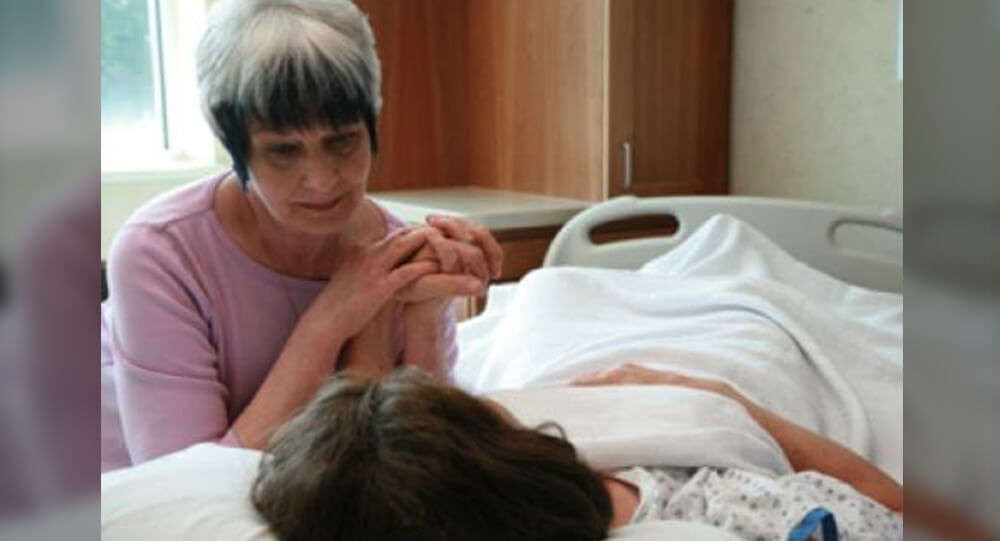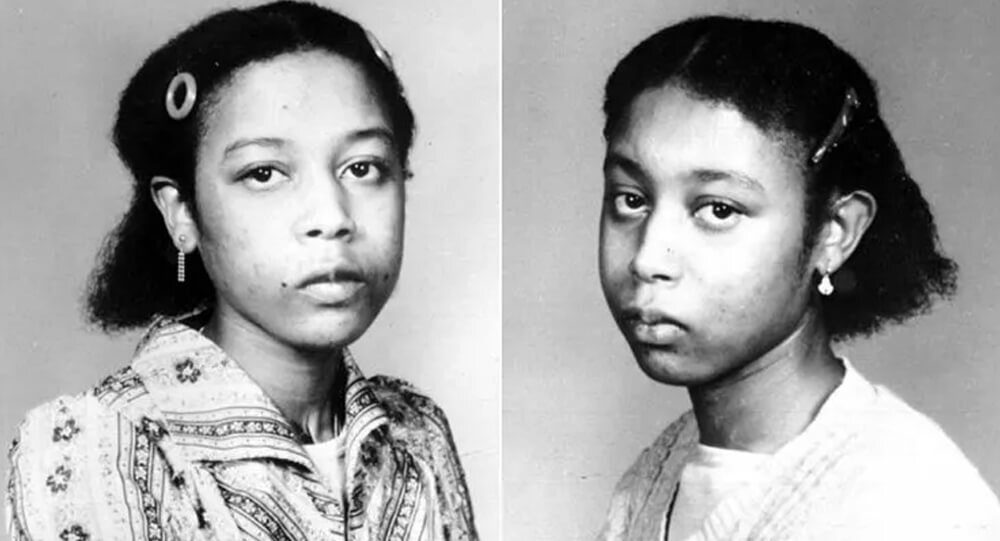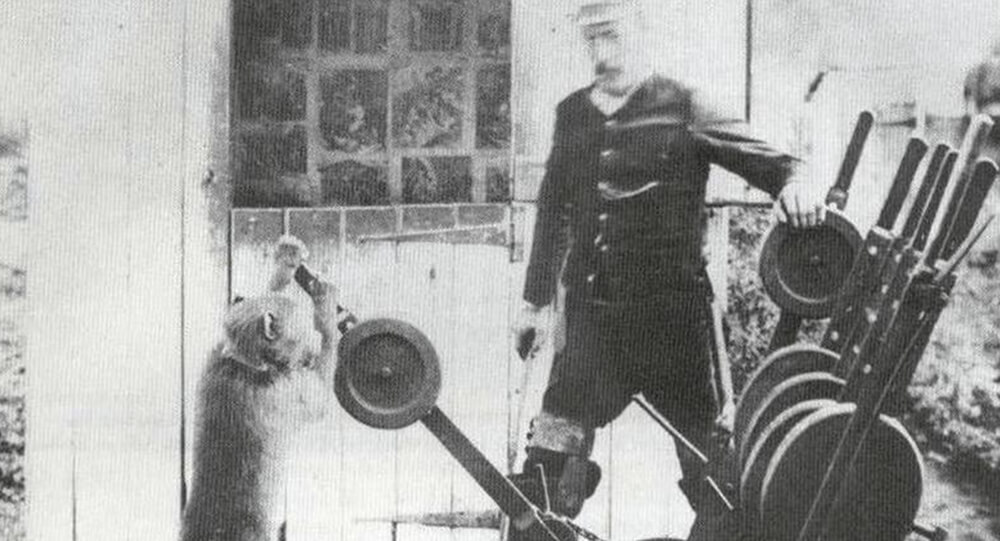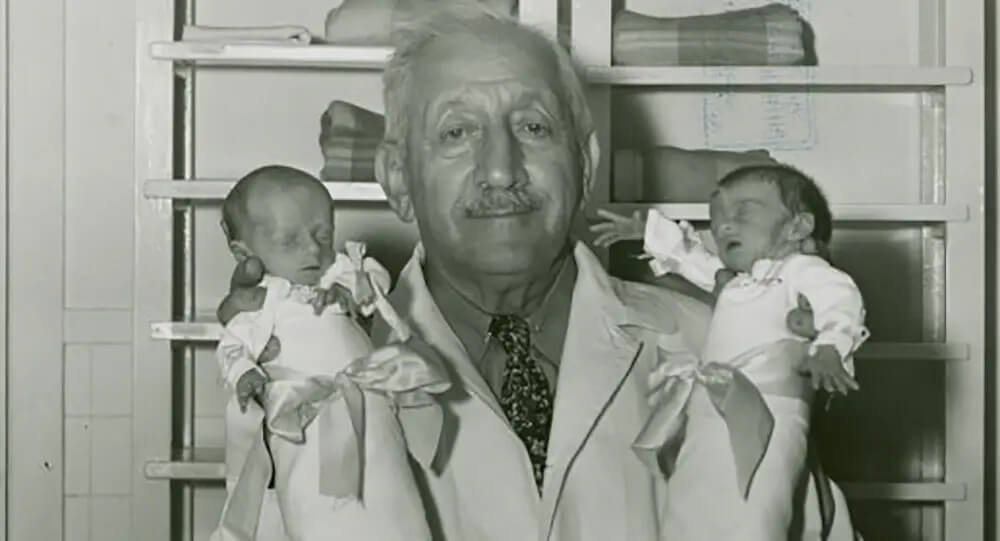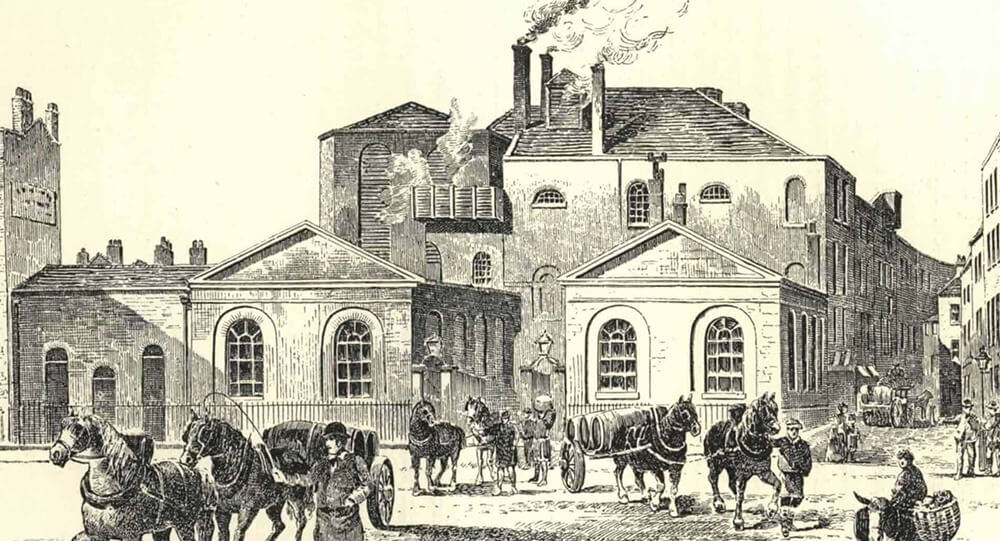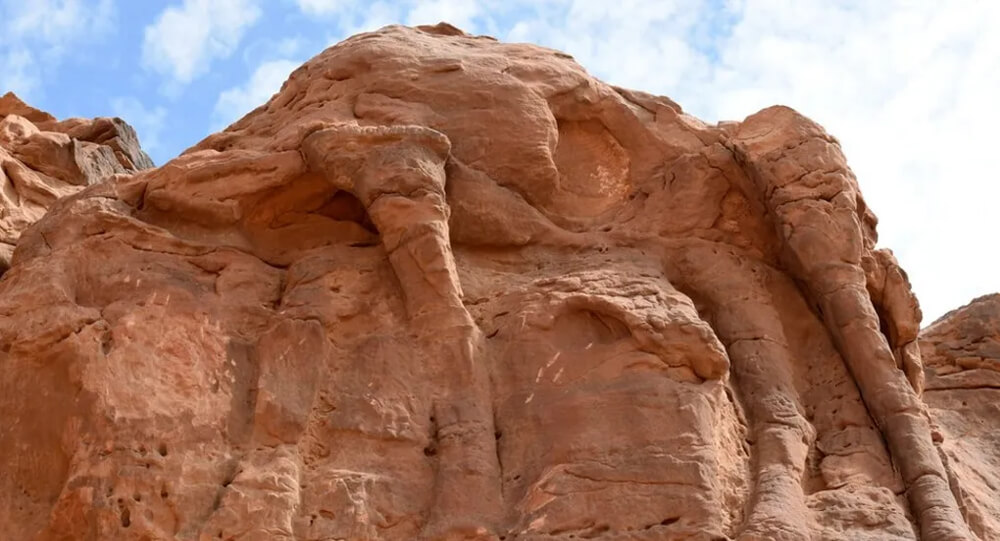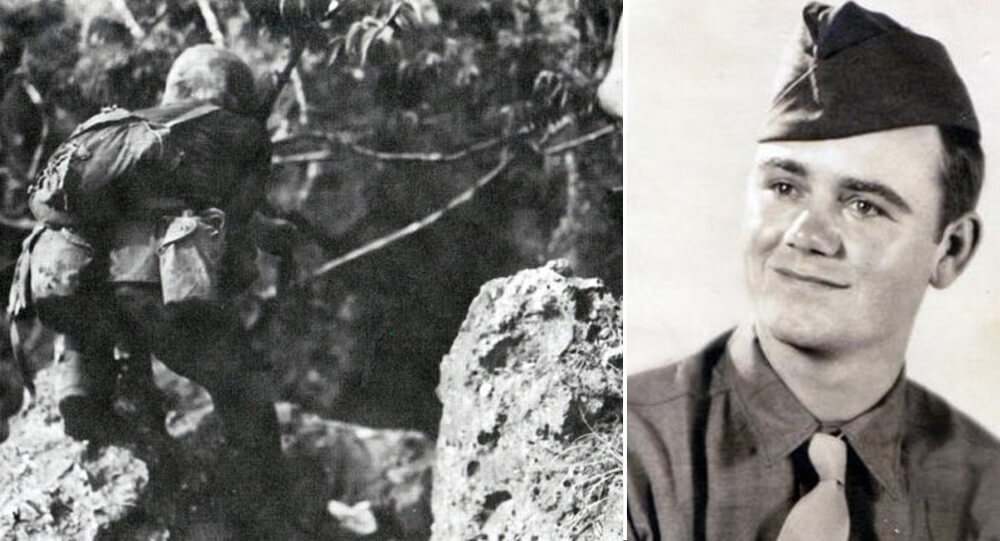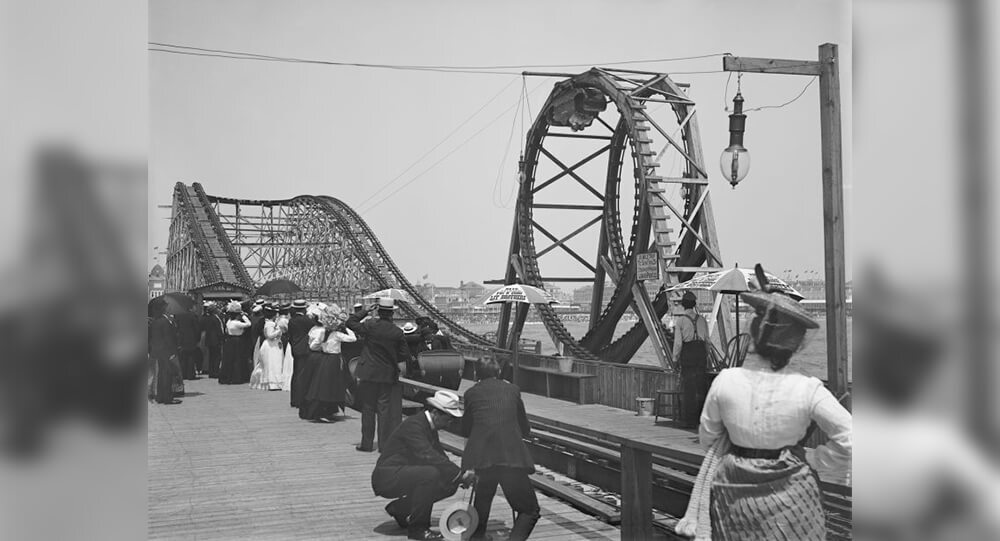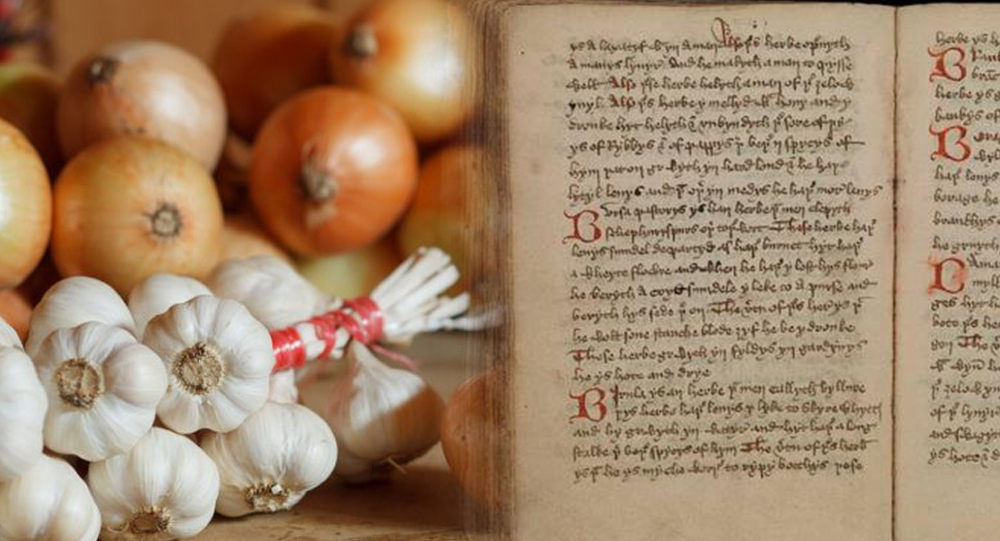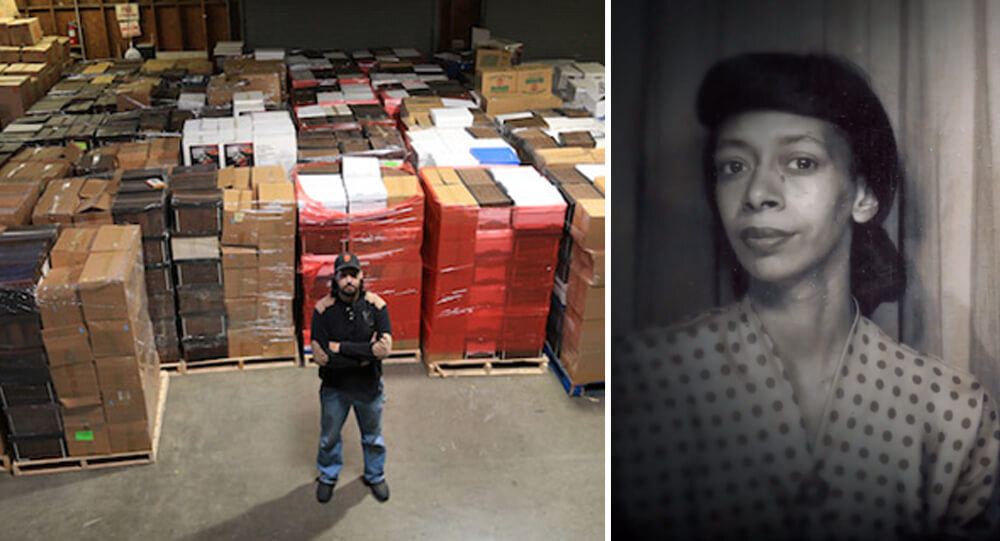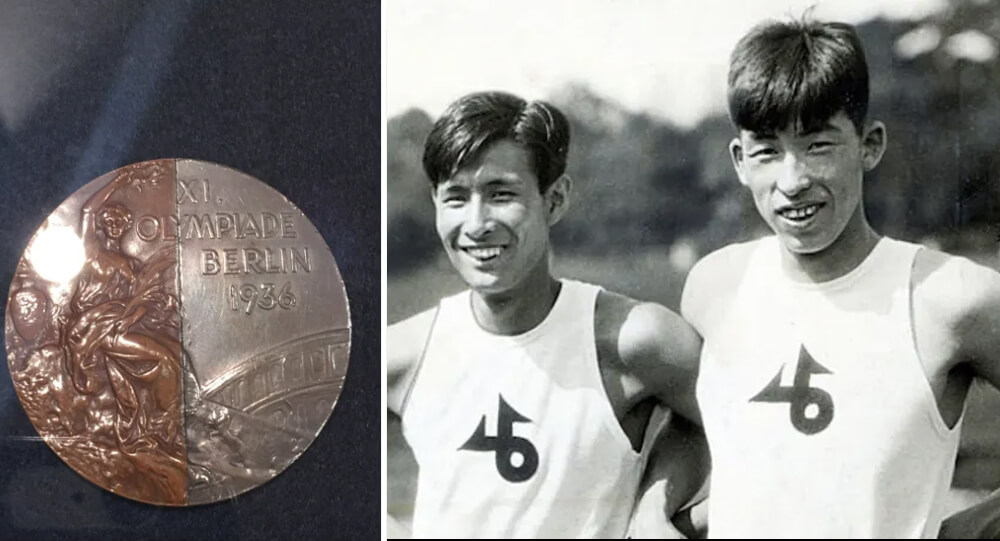

Remembering the miracles of the 1985 Mexico earthquake (unbelievable stories)
On September 19, 1985, an earthquake rocked Mexico City, killing thousands of people, but heroes and incredible survivors rose above the destruction.
Here are the accounts of a baby that was saved from the debris, a surgeon who is still in operation despite losing four fingers, and the rescue team that was established during the disaster.
Surgeon with toes for fingers
At 7:19 in the morning, Francisco Bucio and his closest friend, Angel, were plastic surgery students on the fourth floor of the General Hospital in the capital when the earthquake occurred.
“Suddenly the (eight-floor) building bent, collapsed and I was in complete darkness. I realized that my right arm was trapped and my hand was crushed. I thought ‘My career’s over,'” he said.
“I heard screams from those who were trapped close to me, and little by little they became silent,” Bucio recalled. “I spent four days like that.”
He was eventually located by his six brothers, who persisted in searching through the pile of debris while the rescuers gave up trying to find survivors. He lost his best friend.
His right thumb was fixed by American doctors, who also fitted him with toes in place of his other four fingers, giving him the ability to hold a scalpel.
Bucio, 58, is a plastic surgeon in Tijuana, a city that borders California. Positive reviews from pleased clients can be found on his website.
The ‘Topos’
When buildings collapsed, Adrian Perez was one of thousands of Mexicans who immediately volunteered to save lives.
He was interning as an engineer at an office in a neighborhood spared from the devastation that befell the rest of the city.
According to him, he hurried to the severely damaged Roma neighborhood “without thinking,” saying it “looked like a war zone.”
His first task was to remove gas tanks from a college that had been “squashed like a sandwhich.”
When he’d finished that, he’d crawled back in among the crumbling, broken walls to discover a young woman, trapped between bodies and broken objects, moaning.
The Topos have travelled the world to provide aid in a number of disasters, such as the massive earthquake that struck Nepal in April and the Asian tsunami that struck in 2004.
“I never thought about the risks. I was only part of the strength of the entire population that was helping, without regard for social class, other people who needed this help,” Perez said. He is still in tears when he thinks about the 1985 tragedy.
Miracle babies
When the hospital where Jesus Francisco Rodriguez Santamaria was born collapsed, a rod was driven into his small chest, and he was only four days old.
“My life was hanging by a thread when they rescued me. The rod made me cry and that’s how they heard me,” Rodriguez said.
But his mother ended up becoming one of the 6,000–20,000 people who passed away that day.
Rodriguez, who turned thirty on September 15, resides in the capital’s southern region, far from the area where his maternity hospital was situated and the area that was most severely damaged.
Although a dedicated fund was established for the kids, it was only operational until they reached college age.
After eighteen years of working at gas stations, Rodriguez recently started law school. Despite his limp from his injuries, he is still able to play football.
The survivor drew strength from the medallion of the Virgin Mary that was discovered in his closed, tiny fist upon his rescue, as well as the love of his adoptive aunt and uncle. No one is sure who placed it there.
Body Fat Helped Babies Survive Quake
The fact that twelve newborns survived for days beneath the debris from Mexico’s powerful earthquake before being rescued, according to pediatricians, is not shocking.
“We often underestimate the protective buffer that Mother Nature offers to newborns,” said Columbia Presbyterian Medical Center pediatrician Dr. Karl F. Schulze. “It is true that humans evolved from the wild, where conditions were not always ideal.”
According to medical professionals, extra body fat makes up 15% of the weight of a healthy newborn. This fat helps the baby get through the first few days of life, when the mother’s milk is scarce and not very nourishing.
According to Schulze, a baby can go up to a month without eating, so it’s normal for them to lose a little weight in the first few days of their lives.
But just like adults, babies also require water to survive, and the biggest threat the Mexico City babies faced was dehydration.
According to Schulze, if water is available, a baby will instinctively drink it. Schulze referenced a well-known instance of an Indian dump site child who survived for weeks by consuming runoff water that was rich in nutrients.
A baby’s metabolism also slows down during physical stress, so it can conserve water and energy by lying still and not moving. According to medical professionals, if a child has something covering their face or nose, it will wriggle free and into clear air.
Babies need a warm environment more than adults do.
Director of the neonatology division at the Montifiore Medical Center Dr. Alan R. Fleischman stated, “Babies don’t shiver like adults do, so they create body heat by burning sugar.” “We keep babies wrapped and dressed in extra clothes because they are delicate.”
The majority of the babies that had survived and were found in the city’s medical center complex were covered in blankets and kept in incubators.The first baby was discovered 55 hours after the catastrophe and the last a few days later.
Hypoglycemia Feared
As a result of running out of sugar, some of the babies discovered in Mexico might experience hypoglycemia, and others might experience brain damage, according to Dr. David A. Clark, a medical professor at the New York Medical College in Valhalla. Those discovered early, though, ought to recover swiftly, he added.
“An adult has unquestionably more advantages than a baby in a situation like this,” he stated. “Yet babies are more resilient than most people realize.”

The History Behind the “No One Dies Alone” Program
In 1986, while doing a night shift at the hospital, Sandra Clarke, a registered nurse, was asked by an elderly patient to stay. She promised to be back after checking on her other patients, but by the time she returned, the gentleman had passed away. Clarke became one of the key figures in launching No One Dies Alone, a program that allows volunteers to sit with terminal patients who have no one else.

Iranian inmate dies from happiness after finding out he will not be executed
An Iranian man who was convicted of murder reportedly died from happiness after learning that his death sentence was being commuted.

Ancient Egyptians Had Pregnancy Tests Over 3500 Years Ago
The ancient Egyptians used a pregnancy test that involved potentially pregnant women peeing on barley and wheat seeds. Plant growth indicated pregnancy: barley for a boy and wheat for a girl. Later tests revealed that pregnant women's urine causes plant growth 70% of the time, whereas non-pregnant women's urine does not.

June and Jennifer Gibbons The silent twin who Only Spoke to Each Other
Identical twins June and Jennifer Gibbons were born on 11 April 1963 at a military hospital in Aden, Yemen where their father worked as part of the Royal Air Force.

Jack the Baboon operated a railroad, earned a living, and never made a mistake
A baboon worked as a signalman for the railroad in the late 1800s. He never made a mistake and worked for the railroad until the day he died.

Martin Couney, Saved Thousands of Premature Babies Wasn’t a Doctor at All
Martin Couney never qualified as a medical doctor. However, in the 1900s, he saved thousands of premature babies by exhibiting them in incubators at his Coney Island sideshow. Over the course of his career, he is said to have saved about 6,500 babies that had previously been written off by mainstream medicine.

The 1814 London beer flood
In 1814, there was a beer flood in London when a tank containing more than 300,000 gallons ruptured in which 8 people drowned.

Story of Kathrine Switzer: the first woman to run in Boston Marathon
Before women were allowed to run in the Boston Marathon, Kathrine Switzer participated. A race official attempted to forcefully remove her from the race in 1967, but her boyfriend pushed him down. She was the first female finisher who had a numbered entry in the race.

Saudi Arabia camel carvings dated to prehistoric era
Archaeologists were shocked to discover that a series of camels carved into desert rock faces in north-western Saudi Arabia are actually prehistoric, dating from 7,000-8,000 years ago - before either the Pyramids of Giza or Stonehenge were built.

Nathan's Famous Doctor Stunt
When Nathan's Famous Hot Dogs first opened in 1916, the owner hired people to dress as doctors and eat hot dogs outside his shop, to convince people his hot dogs were healthy.

Thomas Baker's heroic act that earned him the "Medal of Honor" was 8 bullets until death
Thomas Baker instructed his team to leave him with a pistol and eight bullets propped up against a tree after he was injured. Later, American troops discovered the now-deceased Baker in the same location, lying next to eight dead Japanese soldiers and carrying an empty pistol.

The 1976 April Fools' Pranks, Planetary Alignment
On April fool's Day, 1976, the BBC convinced many listeners that a special alignment of the planets would temporarily decrease gravity on Earth. Phone lines were flooded with callers who claimed they felt the effects.

Roller Coasters were First Invented to Distract People from sin
Roller coasters were invented to distract Americans from sin. In the 1880s, hosiery businessman LaMarcus Thompson didn’t like that Americans were going to places like saloons and brothels and created the first roller coaster on Coney Island to persuade them to go there instead.

Medieval Medicine: A 1,000-year-old onion and garlic salve kills modern bacterial superbugs
Scientists recreated an Anglo-Saxon manuscript-based 9th century onion and garlic eye remedy and discovered that it killed 90% of antibiotic-resistant staph bacteria (MRSA).

Hedy Lamarr, A Hollywood actress who also a mathematician and inventor
Hollywood actress Hedy Lamarr was also a mathematician and the inventor of frequency hopping spread spectrum, a technology still used for bluetooth and wifi

What is the story behind Wrigley chewing gum?
Wrigley's was originally a soap company that gifted baking powder with their soap. The baking powder became more popular than the soap so they switched to selling baking powder with chewing gum as a gift. The gum became more popular than the baking powder so the company switched to selling gum.

The World’s First Seismograph: How Ancient China Detected Earthquakes 1,800 Years Ago
Over 1,800 years ago, long before modern technology, the ancient Chinese astronomer and inventor Zhang Heng created the world’s first seismograph in 132 AD. This ingenious bronze device could detect distant earthquakes by releasing small balls from dragons’ mouths into toads’ mouths—each indicating a different compass direction. Its historic detection of an earthquake 400 miles away astonished the imperial court and transformed the way societies understood and responded to seismic events.

Marion Stokes recorded 30 years of television
Marion Stokes, a Philadelphia woman began taping whatever was on television in 1979 and didn’t stop until her death in 2012. The 71,000 VHS and Betamax tapes she made are the most complete collection preserving this era of TV. They are being digitized by the Internet Archive.

Xin Zhui And The Story Of The Stunningly Intact Lady Dai Mummy
A 2,000-year-old mummy of a Chinese woman, Xin Zhui, also known as “Lady Dai,” was preserved in 21 gallons of an “unknown liquid.” With her original hair, organs, eyebrows, and eyelashes intact, the mummy still has blood in her veins. Her skin and ligaments are soft and as flexible as that of a living person.

The Baltic Way: the longest unbroken human chain in history
On August 23, 1989, about 2 million people from Latvia, Estonia, and Lithuania formed a human chain that united all 3 countries to show the world their desire to escape the Soviet Union and the communism that brought only suffering and poverty. This power stretched 600 km.

Man's Blood Helped Save Millions of Babies
Australian blood donor James Harrison has been one of our most impressive and valued donors, having donated for 60 years. Know his story, how he was a pioneer of our Anti-D program, and why this matters.

Medals of Friendship: The Enduring Olympic Story of 1936
At the 1936 Summer Olympics, two Japanese pole vaulters named Sueo Oe and Shuhei Nishida tied for second, but they declined to compete against each other. As a result, Nishida was awarded the silver medal and Oe won a bronze medal. Upon returning to Japan, the athletes had their medals cut in half and spliced together to create new "friendship medals," which were half silver and half bronze.

How did Howard Florey discover penicillin
Penicillin was discovered by Alexander Fleming, but he never attempted to turn it into an antibiotic. It wasn't until ten years later that Howard Florey discovered Fleming's obscure paper and understood the mold's potential. Up to 200 million lives may have been saved as a result of Florey's work.

story of the youngest mother in the world at age of five - Lina Medina
Lina Medina, a five-year-old Peruvian girl, became the youngest mother in history in 1939 when she gave birth to a boy.

The worst blizzard in recorded history: the 1972 Iran blizzard
The deadliest snowstorm ever recorded occurred in Iran in 1972. It lasted for a week, burying areas in 26 feet of snow and killing over 4,000 people, including the entire populations of three villages.

